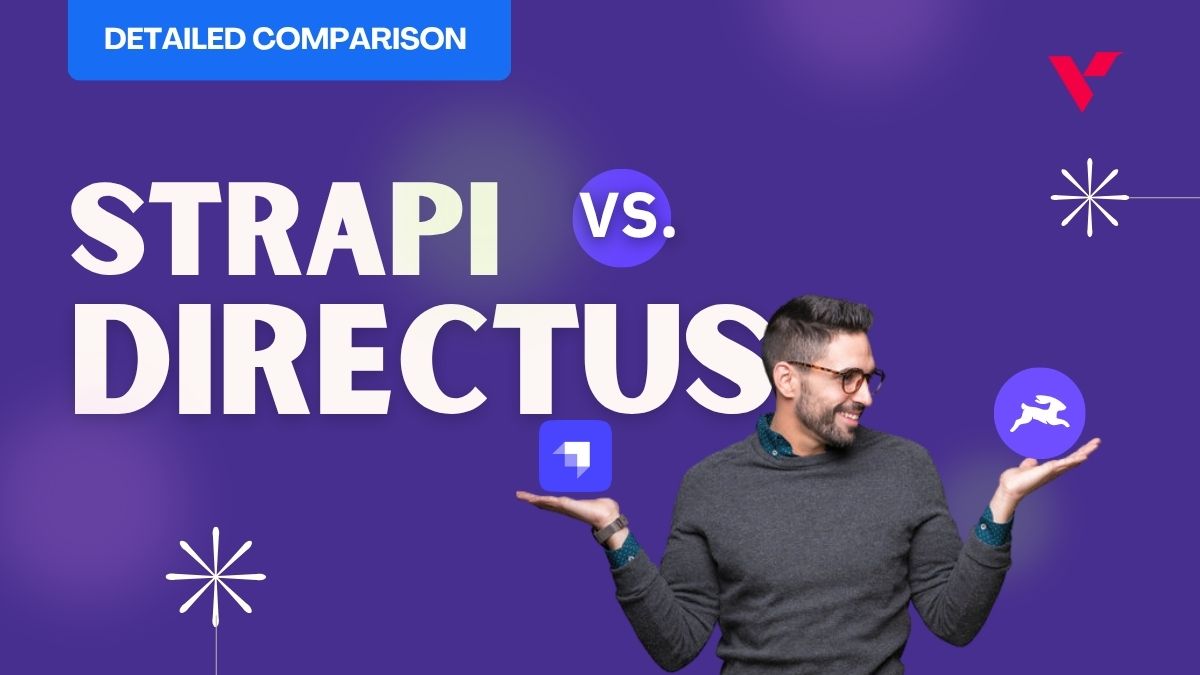Investing a lot in your marketing campaigns only to end up with a handful of clients or leads that change their minds at the last minute can be devastating to marketing teams.
What if there’s a way to tweak your strategy, so you convert most of the leads to buying customers?
In this post, we’ll take a profound look at the sales funnel, how it works, and a couple of practical tips you can implement to raise your conversion rate.
Table of Contents
What’s a Sales Funnel?
A sales funnel is the process that prospects go through, from the first time they interact with your business up to when they purchase your service or product. In other words, it’s the marketing path that turns your prospects into leads and leads into sales.
Think of a sales funnel as the flow between website visitors and buyers. Your sales prospects enter at the top of your funnel, and a percentage of them come out at the bottom as sales or conversions.
The higher the number of prospects that enters and exits, the stronger the sales funnel, and the more sales you’ll end up with. The bottom line is, to get a higher conversion rate, you need an optimized sales funnel.
So, how do you optimize your sales funnel for better conversions?
Ways to Optimize Your Sales Funnel and Increase Conversions
1. Create Engaging Videos for the Each Phase of the Sales Funnel
Most companies adopt the sales funnel approach, but it takes planning and skill to develop a strategy that works.
A critical key to success is understanding and matching your message to the three main stages of the sales funnel: the awareness stage (top), the evaluation stage (middle), and the decision stage (bottom).
Compared to a real funnel, the stages typically signify the number of customers as they move down the funnel, from the broader audience at the top that interacts with your introductory videos to those who proceed to the bottom to buy from you.
Top: Awareness
At this phase, prospects are meeting your brand for the first time. They’re probably browsing general topics that interest them, and haven’t discovered the challenge or problem they need to be solved.
Here, you should enlighten customers to identify the unique challenge or struggle that they need to fix. Before you sell yourself as “a solution,” you should present them with video content that shows them the missing part.
Explainer Animations
These videos pique the interest of prospects who’re eager to learn how to do something. The prospects aren’t looking for your service or product yet but would like to achieve a result.
The explainer animations provide a problem-solution story that shows the prospects how to get the result. The videos demonstrate how your service or product makes it possible to achieve a particular outcome.
Use the videos to open your prospects’ eyes on how your brand does things better so they can trust you early on.
Educational Videos
Since most consumers frequently visit YouTube and Google to solve most of their problems, you should create an informative video that offers an easy answer to their questions. Use the video to introduce your service, product, or brand, and position yourself as an expert.
Problem/Solution Videos
Top-notch services or products usually win customers by providing a solution to a problem that customers didn’t know existed. Superior services or products may also improve an aspect of the customers’ lives in a way they didn’t know about before.
Thus, you can create video content that focuses on a unique problem that your service or product solves.
Middle: Evaluation
At the middle stage, prospects have identified their pain points and are researching for a service or product that can offer a solution. Here, you want to present your service or product as the ultimate answer to the problems you helped your prospects figure out at the top of the sales funnel.
Focus on presenting detailed information on what the product or service does, how it solves the problem, and why it’s better than your competitors. To engage the leads, so they remain in the funnel through the end, use the following videos:
Product videos
Your prospects can now feel the problem your service or product solves on a personal level and would like to know the most effective way to address it. Given that they’re looking at different options (including your competitors), create exciting product videos to bring out your product’s main benefits. Use the opportunity to blend in with your brand’s expertise, reputation, and experience.
Bottom: Decision Time
In a bid to close the sale, use quick, exceptional videos designed to turn leads into customers. You may recap the main features and benefits of the service or product, give incentives, show testimonials, and convince them to purchase.
Two types of videos can help in this case:
Webinars/Demos
At this phase, your viewers’ interest is high, so you should make your video content appealing and direct. After getting their attention, you can use webinars or demonstration videos that explain FAQs, features, and sub-features.
These videos will enable your viewers to trust your brand, establish you as a reliable thought leader who can help customers handle their struggles.
Testimonial Videos
Request previous customers to record videos that show how your services or products helped them solve a problem.
Spring into Action
To stay on track with your video strategy, create an outline of the plan. Review the suggested video types for each phase of your funnel to decide what will work well effectively for your customer, product, and brand. The next step is to get a professional video production team to implement the plan.
2. Visually Appealing Landing Pages with a Clear Call to Action
A landing page’s purpose is to convert. It can be your home page or any other page on your site.
You should create a landing page that gives your customers what they’re seeking. In other words, you should design a page that goes beyond just “looking good.”
To create a high-quality landing page that converts, you should include the following elements:
A Killer Headline
Write an attention-grabbing headline and keep it short (between 10 to 20 words. Let it tell the reader what your service or product is about.
Look at Canva’s landing page, for example.
It’s short, sweet, and straight to the point.
A Persuasive Subheading
If your headline makes visitors look, then your subtitle should make them stay. Subheadings always fall directly below the main heading and should be persuasive. Typically, subheadings delve into a little more detail, which the main title couldn’t capture.
Pictures
Our brains process visual content 60,000 times faster than text. That means using images on your landing page will have a significant impact on your visitors. Thus, when choosing and placing photos, ensure that your photos are significant, relevant to your service or product, and of high-quality. If you’re offering a product, then include some product photos.
An Explanation
The landing page should clearly explain your offers. If you’ve got a simple service or product, then the heading and subheading may be the only copy you need. Regardless of how you decide to approach the explanation, ensure that your explanation is:
- entirely separate or integrated with the headline
- benefit-driven
A Call to Action
A calls to action (CTAs) is a crucial component of your landing page, so you should make its copy persuasive, exciting, and explosive.
Instead of using a dull term like “submit,” you should use phrases such as:
- Call us for a free consultation now!
- Schedule an appointment!
- Join today!
- Book now!
- Get started!
- Start your free trial!
- Request a callback!
For example, Netflix uses a catchy call to action, encouraging its prospects to ‘try it now.’
Besides making the CTA copy compelling, you should also make it big, use a button, use a contrasting color to attract more eyeballs, and compel a click.
3. Adapt Content for Each Phase of the Funnel
As earlier mentioned, a funnel has three major parts: the top, middle, and bottom. Here’s how to create content for each of these levels:
Top-Funnel: Awareness Stage
At this phase, people are mostly looking for answers, education, insight, resources, research data, and opinions. In other words, the prospect is looking for an answer, trying to fix a problem, or meet a specific need. They’re searching for top-notch educational content to lead them to a solution.
The best content at this stage would be blog posts, eBooks, guest posts, evergreen guides, white papers, webinars, and social content. All content at this level should be informative and authoritative.
Be sure to conduct thorough keyword research to create content that meets user intent. When it comes to keyword queries, optimize your meta descriptions and titles for the following terms:
- How
- Why
- What
- Where
- When
- Tips
- Guide
- Hacks
- Tutorial
- Tricks
To make your brand look more authoritative and professional, you can offer other media forms, such as infographics, videos, and interactive quizzes.
Mid-Funnel: Evaluation Stage
At this stage, people are researching intensively to establish whether your service or product can be a good fit.
Evaluation is an essential point in the funnel, as it’s where prospects start eliminating those solutions that may not work for them.
Here, you should advertise your brand more than content because users are interested in:
- ositive customer reviews
- A clear value proposition
- A fast website
- Social proof
Publish these types of content for evidence and social proof:
- Testimonials
- Case studies
- Awards
- User-generated content
- Live interactions and webinars that compare your product features with that of the competitors
Bottom-Funnel: Purchase Stage
Content for this phase will be in the form of sales copy and focus on terms with high sales intent. At this point, you’ll publish page copy with a call to action, including discounts, promotions, limited time offers, and more.
The most effective content forms at this level include:
- Trial offers
- Case studies
- Product literature
- Demos
You may also want to include links to your blog posts and other evergreen content for those prospects that don’t enter via the top of the funnel stage.
4. Educate Prospects through Personalized Emails to Raise Awareness
Email campaigns are a powerful tool to educate, inspire, and interact with prospects. You can use emails to answer customer questions and provide them with insanely valuable content to help them on their buyer’s journey.
Once a user signs up to join your email list, you can use the opportunity to create personalized content for educational purposes. The point is to turn the subscribers into leads and ultimately convert them to customers.
Thus, don’t make your email messages solely promotional. Instead, focus on educating your leads, which will help you to build trust, establish credibility, and create long-standing relationships.
And remember to personalize your emails. This means emailing people based on subscriber data, such as first name, location, the type of information they downloaded, and more.
Personalized email marketing is proven to swell open rates and boost revenue by as high as 760%.
5. Focus on User Experience
User experience (UX) is the set of behaviors that users show when navigating around your site. Various factors define user experience, from form design to website design.
Improving UX helps to guide visitors through the sales funnel, as there are fewer obstacles on the buyer’s journey.
Here are actionable ways to improve UX and driver conversions:
- Use bullet points when listing product features, benefits, or solutions to a problem
- Make your hyperlinks stand out by underlining or using a different font color
- Separate your CTAs so that customers aren’t confused about what to click on
- Increase your page speed
- Use white space around your text; it increases users’ attention by 20%
- Reduce the number of fields on contact forms. It’s time to rethink whether details like address, phone number, or birthday are necessary.
Final Thought
Every stage of the sales funnel is crucial. Many people get through the top of the funnel, but not all will convert. To turn these prospects into customers, you need to create content that suits them using the tips above. Remember, personalized email marketing and user experience are equally essential.




















